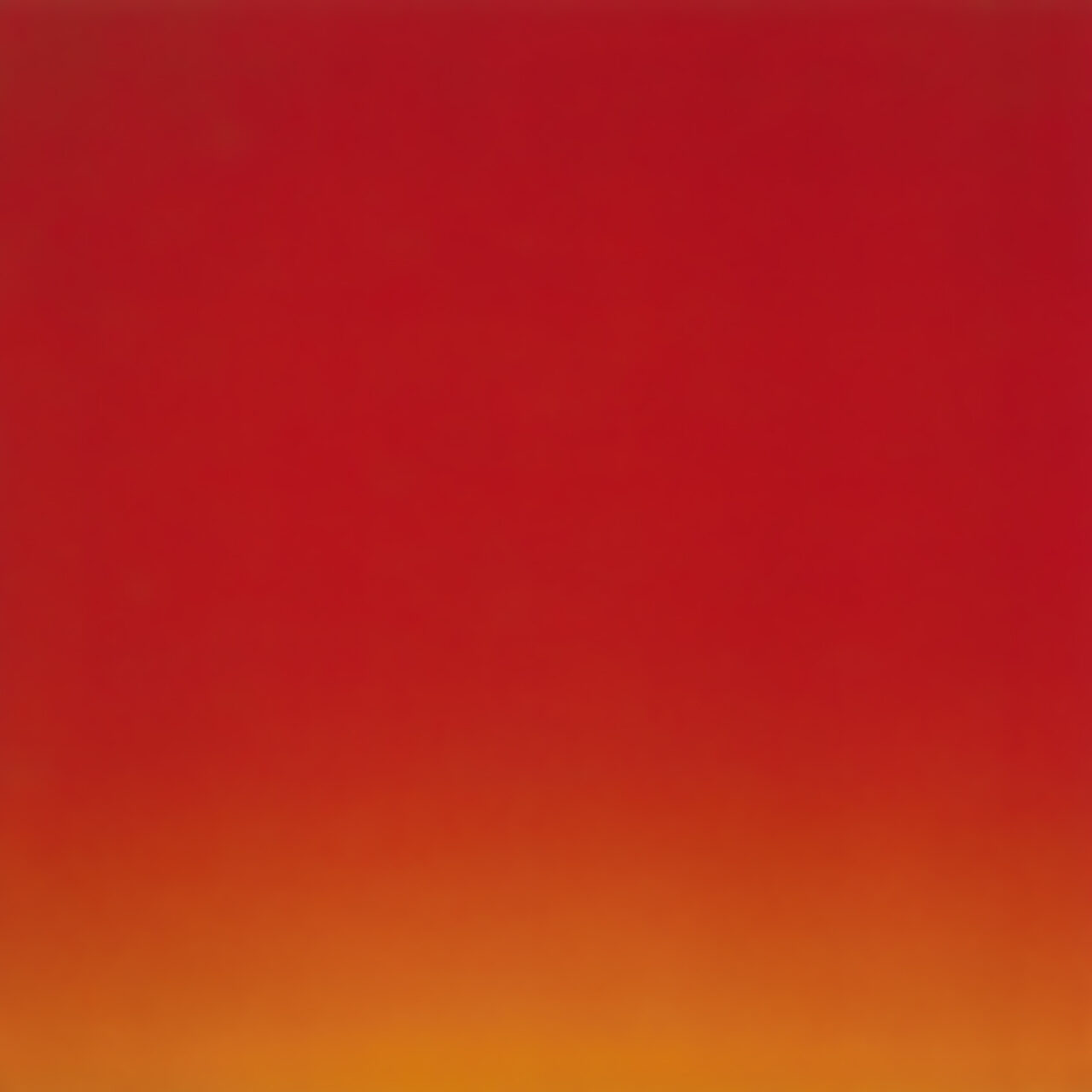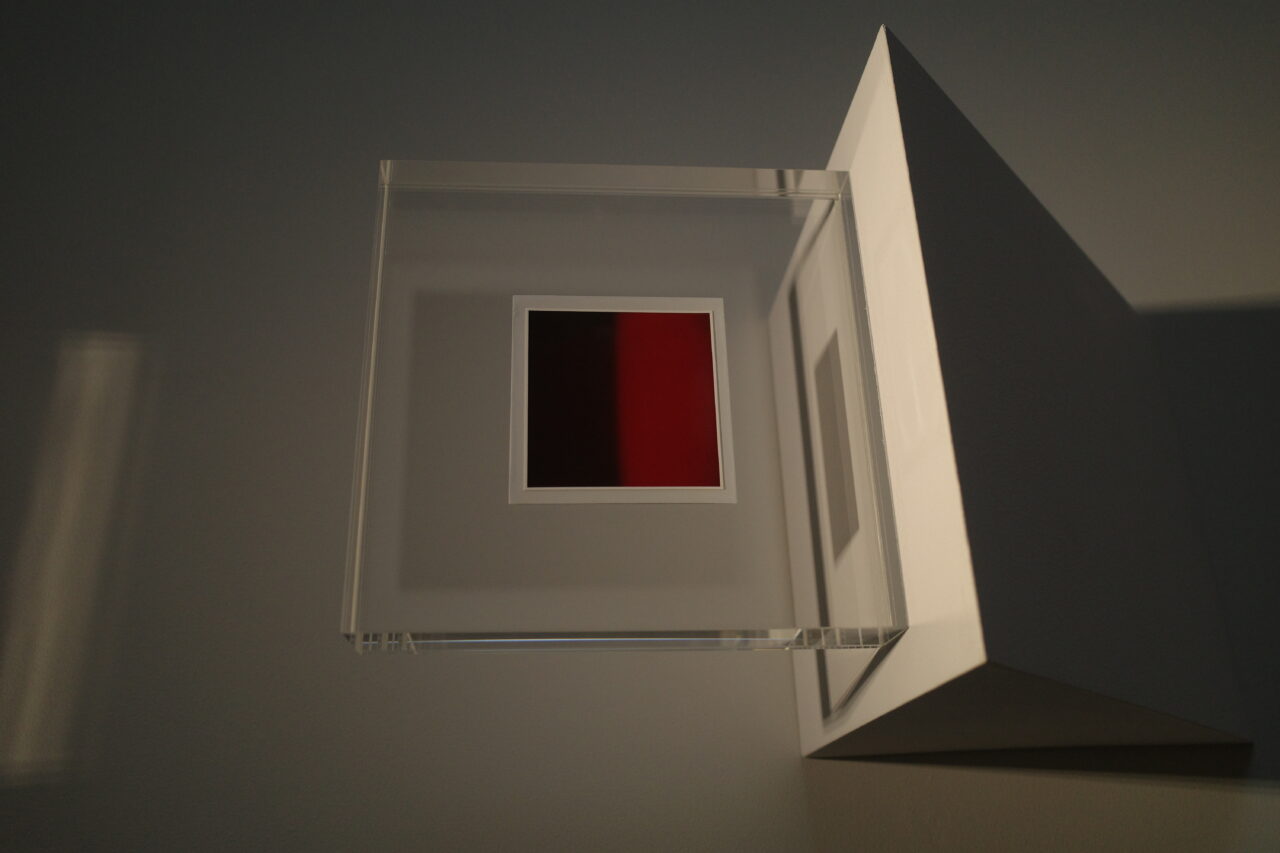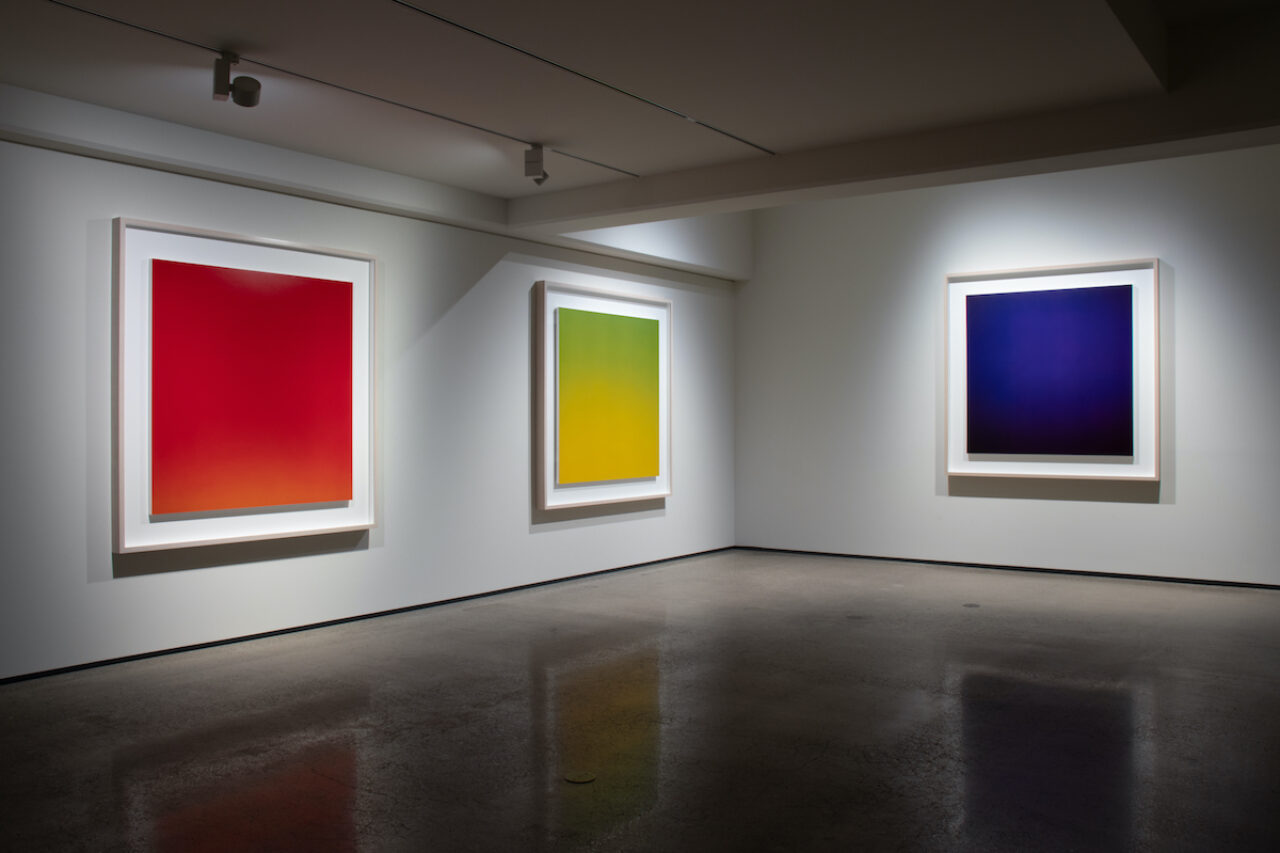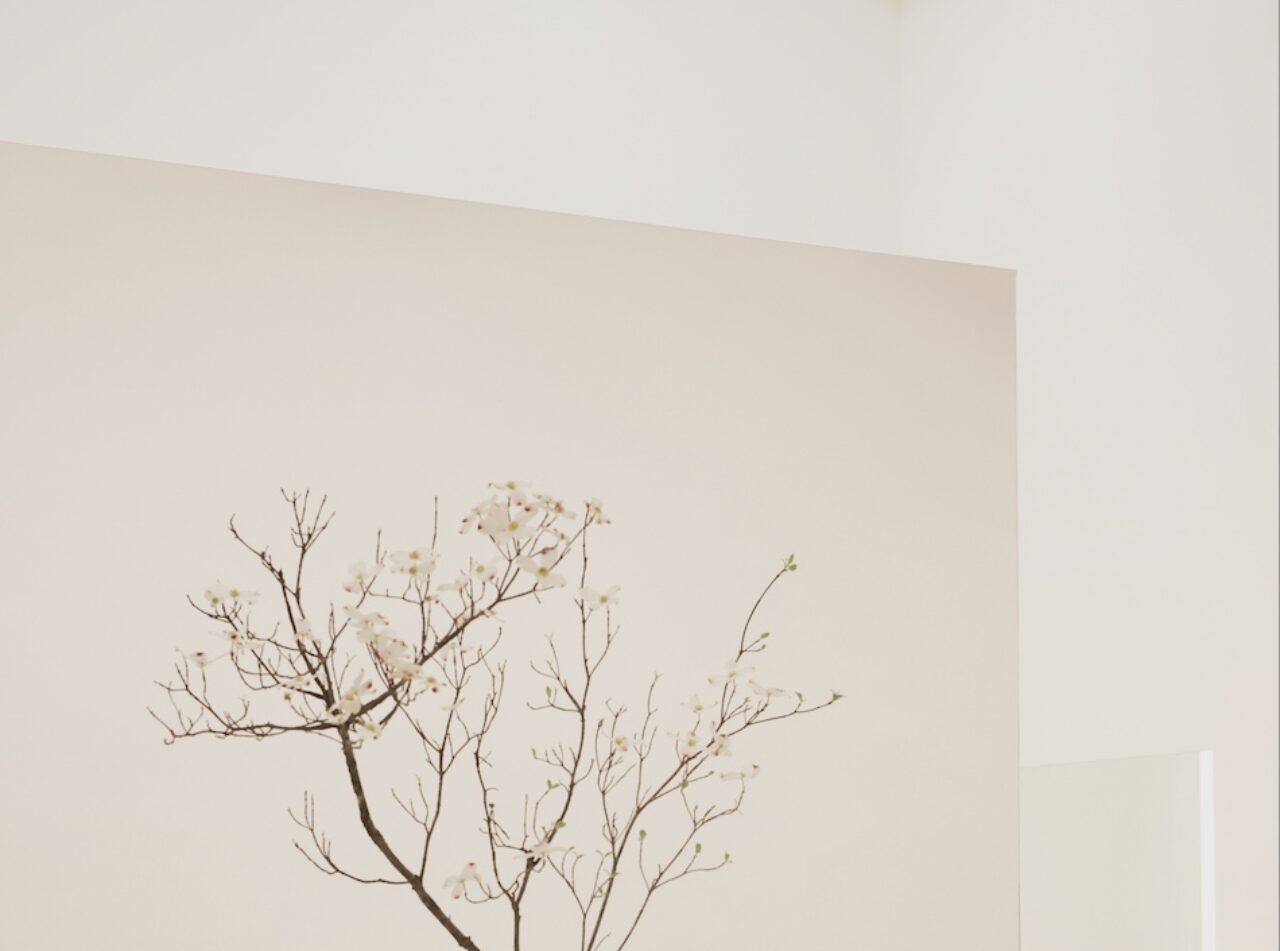OPTICKS
After A Decade and A Half, Japanese Contemporary Artist Hiroshi Sugimoto Recreates Sir Isaac Newton’s Prism Experiments

On the 9th floor of a nondescript building amongst Tokyo’s tall commercial skyscrapers in Ginza, find the unassuming Gallery Koyanagi. It’s modest space represents some of the worlds most renowned artists, in a compact and pensive interior, offering a moment of solace with exhibited artworks in the intimate setting.
Currently, the gallery presents Japanese contemporary artist Hiroshi Sugimoto’s OPTICKS series, first exhibited at Kyoto City KYOCERA Museum the year earlier, the works are now presented in the Tokyo gallery’s natural light, softly changing throughout the course of the day.
OPTICKS is not only a groundbreaking photographic series in colour, it is a surprising change from Sugimoto’s monochromatic works yet equally as complex, technical and layered. Stemming from a fascination of English physicist and mathematician Sir Isaac Newton’s prism experiments where he identified the originating ROYGBIV colours in 1704, that make up a visible spectrum. From this, Sugimoto took to study and reimagine the colour fields utilising his own modern technologies in the process. “The world is filled with countless of colours, so why did natural science insist on just seven? I seem to get a truer sense of the world from those disregarded intracolours. Does art not serve to retrieve what falls through the cracks, now that scientific knowledge no longer needs a God?” states Sugimoto.
From this inspiration and over the course of 15 years, Sugimoto recreated the experiments by employing the same observational apparatus that Newton invented yet improving upon it with his own tools. He succeeded in capturing the sunlight dispersed in the exact same colours as Newton had achieved, capturing it with his Polaroid 690SLR camera and on discontinued Polaroid film acquired before the company folded in 2008. The Polaroid film captures the flawless gradations and fragmentations appearing between colours. The large scale square chromogenic prints hanging in the gallery not only represent the expansive scale of time between the 21st and 18th centuries, but the achievement of capturing light and colour through photography. At various distances, the prints could possibly be mistaken as paintings, their soft and effortless fluidity of colour disorientating any viewer. They are transformative, as here, Sugimoto has used “light as my pigment”.
Sugimoto further notes, “It has been fifteen years since I started recreating Newton’s prism experiment. Every year, as winter comes around, the sunrise comes closer and closer to the frontmost side of the prism. Traveling through the cold winter air, the light is split, then drawn into the dim observation chamber, where it is projected on the white plaster wall at exaggerated size. The profundity of the color gradation is overwhelming. I have the sense that I can see particles of light, and that each of those individual particles is a subtly different color form the next one. Red to yellow, yellow to green, then green to blue — the projected colors contain an infinity of tones and change every moment. I am engulfed in color. Particularly when the colors fade and fuse into darkness, the gradation seems to melt away into pure mystery.
I realized that I could capture those fine particles of color within the square frame of a Polaroid photograph. After years of experimentation, I managed to create a color surface that was sufficiently expansive for me to merge into the color. With light as my pigment, I believe I successfully created a new kind of painting.”



































